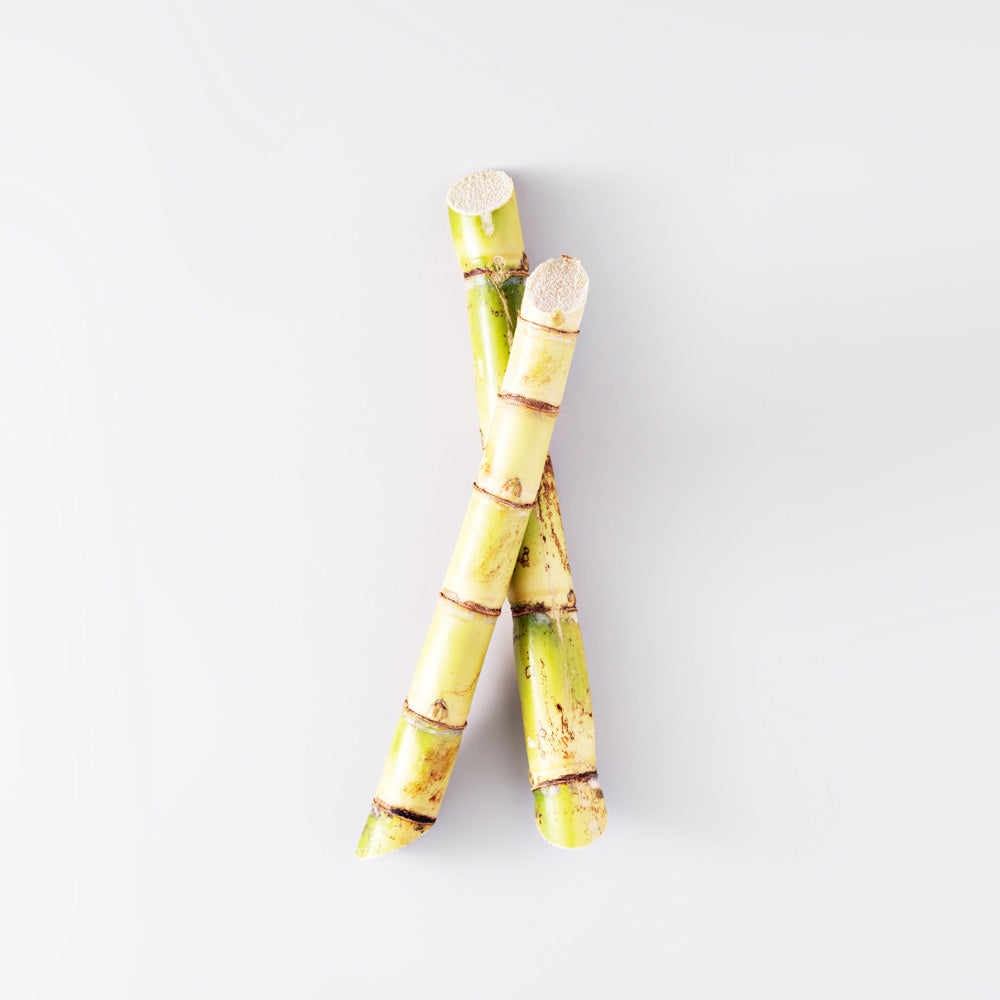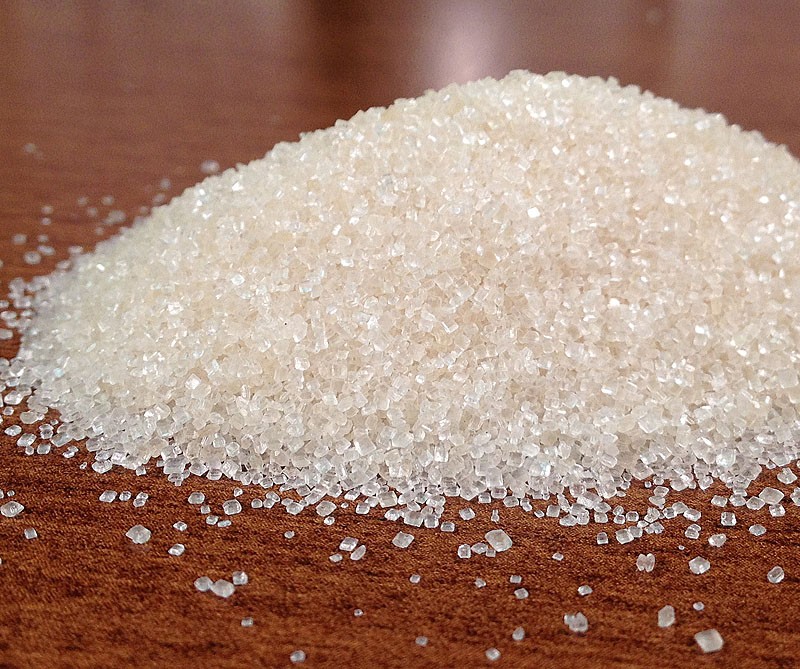The Scientific Research Behind Cane Sugar Processing: Just How Sweet Taste is Refined
The Scientific Research Behind Cane Sugar Processing: Just How Sweet Taste is Refined
Blog Article
An Extensive Overview to the Ecological Influence and Sustainability Practices in Walking Cane Sugar Processing
The environmental effect of walking cane sugar handling offers a complex range of difficulties that warrant cautious exam. From dirt destruction and too much water use to the carbon footprint associated with cultivation and production, the consequences of conventional methods are significant. On the other hand, the fostering of ingenious sustainability procedures supplies a path towards more responsible manufacturing methods. Understanding the interplay in between these concerns is crucial for stakeholders in the industry. What specific practices can be implemented to strike an equilibrium in between efficiency and ecological stewardship? The answers lie in a better take a look at both the obstacles and potential solutions.
Overview of Walking Cane Sugar Processing
Walking cane sugar processing involves a collection of systematic actions that change sugarcane into refined sugar. Originally, gathered sugarcane is moved to processing centers, where it goes through cleaning to eliminate soil and particles. Following this, the walking cane is squashed to extract juice, which is after that made clear by eliminating impurities with heating and the enhancement of lime.
The clarified juice undertakes evaporation, where water is removed to focus the sugar content. This focused syrup is then taken shape via cooling, permitting sugar crystals to form. These crystals are separated from the remaining syrup making use of centrifugation, causing raw sugar. To accomplish polished sugar, the raw product goes through more purification processes, which might include filtering and cleaning to remove remaining pollutants and shade.
The end product is after that dried out and packaged for circulation. Throughout this entire process, maintaining performance and quality assurance is important to guarantee the sugar satisfies sector criteria. Each action in cane sugar handling not just adds to the end product yet also has implications for resource use and waste generation, setting the stage for discussions on sustainability and environmental effects related to sugar production.
Environmental Difficulties of Production
The production of walking stick sugar provides a number of considerable ecological difficulties that warrant interest. One main worry is the considerable use agrochemicals, consisting of plant foods and pesticides, which can lead to soil degradation, biodiversity loss, and contamination of neighborhood water resources. The drainage from sugarcane fields usually lugs these chemicals right into close-by ecological communities, disrupting marine life and affecting the health and wellness of neighborhoods reliant on these water bodies.
Another challenge is the high power usage connected with sugarcane processing. The boiling and refining stages call for considerable heat, primarily created by melting nonrenewable fuel sources, adding to greenhouse gas emissions. Additionally, the large land area needed for sugarcane growing can result in deforestation and environment damage, further exacerbating environment modification and threatening wild animals.
Additionally, the labor methods in some regions increase ethical concerns, as employees may encounter inadequate working problems and inadequate incomes. This circumstance frequently bolsters a cycle of destitution in local areas. Cane Sugar Processing. Attending to these environmental obstacles is critical for developing extra sustainable techniques in cane sugar manufacturing, ultimately profiting both the environment and the areas included in this industry
Water and Land Use Impact
Water resources and land application are vital parts in the walking stick sugar sector that substantially impact the setting. The cultivation of sugarcane needs significant water input, with quotes recommending that it can eat up to 2,000 liters of water per kilo of sugar produced. This intensive use water frequently leads to depletion of neighborhood water sources, affecting not only the sugarcane haciendas but likewise surrounding ecosystems and neighborhoods that count on the same water sources for agriculture and domestic use.

Moreover, land use for sugarcane cultivation can result in deforestation and the conversion of all-natural environments into monoculture plantations. This technique decreases biodiversity, interferes with local ecological communities, and adds to dirt degradation. The development of sugarcane fields usually trespasses on beneficial agricultural land, producing competition for resources in between food and biofuel production.
Sustainable techniques, such as optimizing irrigation strategies and executing plant turning, are necessary to minimize these impacts. By taking on more effective water use and land management methods, the walking cane sugar industry can decrease its eco-friendly footprint, making sure an equilibrium between farming productivity and environmental conservation.
Greenhouse Gas Emissions
Greenhouse gas exhausts represent a considerable ecological concern within the walking stick sugar handling sector, specifically as agricultural practices increase to fulfill global demand. The cultivation of sugarcane, a crop that grows in exotic environments, relies heavily on synthetic fertilizers and pesticides, which add to laughing gas discharges. Furthermore, land-use modifications, consisting of logging for brand-new sugarcane vineyards, launch carbon dioxide kept in greenery and dirt.
Throughout processing, energy consumption is an additional significant source of greenhouse gas emissions - Cane Sugar Processing. Many sugar mills make use of fossil gas to power equipment and create warm, resulting in considerable carbon impacts. Moreover, the transportation of raw sugarcane and finished items includes layers of emissions via gas combustion in vehicles
The cumulative result of these discharges intensifies environment modification, positioning threats not just to the environment yet likewise to the long-term stability of the sector. Stakeholders should recognize the urgent need for comprehensive approaches that attend to these emissions. This includes assessing existing agricultural techniques, processing approaches, and visit here transportation systems to recognize areas for renovation and mitigation. Addressing greenhouse gas discharges is important for cultivating a more lasting cane sugar sector in a changing environment.

Sustainable Practices and Innovations
Sustainable practices and innovations are significantly crucial in the cane sugar handling market as stakeholders seek to minimize environmental influences while preserving productivity. One substantial improvement is the implementation of incorporated crop monitoring, which maximizes source usage by incorporating soil administration, parasite control, and plant rotation methods. This approach enhances yield while reducing chemical inputs and protecting dirt wellness.
Additionally, the adoption of renewable resource resources, such as biomass from sugarcane deposits, has obtained traction - Cane Sugar Processing. By transforming waste products into power, processing facilities can lower their reliance on fossil gas, thereby reducing greenhouse gas exhausts
Water management methods have actually also seen renovations through the recycling and reusing of water in processing plants, significantly minimizing freshwater intake. Developments in innovation, such as accuracy agriculture, enable farmers to keep an eye on plant health and resource usage extra effectively, making sure lasting cultivation methods.
Moreover, certification programs like Fair Trade and Rainforest Alliance motivate eco liable farming techniques and advertise social equity within the supply chain. By embracing these sustainable methods and advancements, the walking cane sugar handling industry can enhance its durability and contribute positively to environmental stewardship.
Final Thought
The environmental influence of walking cane sugar handling offers considerable challenges, including soil degradation, high water consumption, and greenhouse gas exhausts, along with moral problems connected to labor techniques. Resolving these concerns with lasting methods, such as integrated crop administration, renewable resource fostering, and water recycling, is crucial. By advertising ecologically responsible and socially fair methods in sugar manufacturing, the market can alleviate its unfavorable effects, ensuring an extra lasting future for both ecological communities and areas associated with this field.
Walking cane sugar processing entails a collection read review of systematic actions that change sugarcane into polished sugar. Each step in cane sugar handling not only adds to the final product yet likewise has effects for source use and waste generation, establishing the stage for discussions on sustainability and ecological impacts linked with sugar production.
Greenhouse gas exhausts represent a significant environmental problem within the walking cane sugar processing sector, particularly as farming methods increase to satisfy international demand.Lasting practices and technologies are progressively original site vital in the walking stick sugar processing market as stakeholders look for to decrease ecological impacts while preserving productivity.The ecological impact of walking stick sugar handling presents considerable obstacles, including dirt destruction, high water consumption, and greenhouse gas discharges, along with ethical worries connected to labor practices.
Report this page